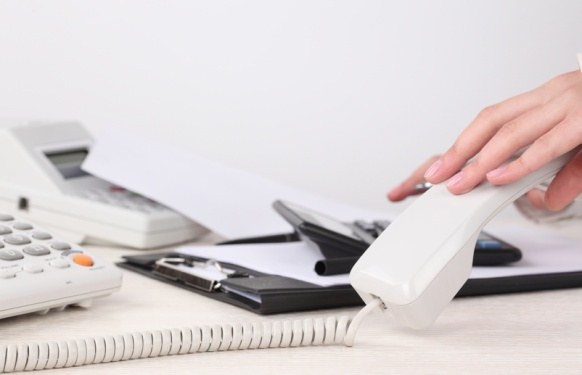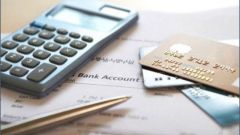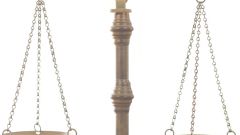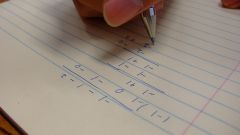In accounting all business transactions are recorded using double entry, that is, one and the same operation is recorded twice on one account (debit) and the second (loan). This is called wiring. For example, the organization has acquired the asset. The accountant should reflect this in the following way: Д08 "Investments in non-current assets" K60 "accounts payable". Thus, the score 08 – active and 60 passive. From this we can conclude that the asset is a vehicle (property, materials, value) and a liability – the funds with which you purchased the object. As a rule, balances in asset is always debit, and liability credit. If you add up the momentum of the asset and the liability, they will be equal, but will be written differently – in the debit and the credit. Thus, the same amount will be held twice – on the assets side and the liabilities side. For example, you purchased the materials. To reflect this you must use the debit account 10. It shows which products were purchased. And you need to specify where they came from, for example, you bought them from a supplier, a – 60. Thus, 10 – Aktiv, 60 –passive. The amount of them will be equal. Exists and is active-passive account. From the title you can guess that they can be both active and passive. For example, account 76 "Settlements with debtors" - the balance can be written as debit and credit. Making transaction, you will not be able to overcome active or passive account. Otherwise, you will not agree the balance sheet, this means that any business transaction that you are properly registered. If you provide the balance of the tax Inspectorate, then it will have a lot of questions, because any medium there somewhere, and not at the instant of a magic wand.
Why assets and liabilities are equal
The balance sheet is one of the forms of financial statements. As a rule, it consists of two tables: assets and liabilitiess. Asset – these are the tools that bring benefits to the organisation, for example, non-current funds assets. Liabilities are sources of funds include capital commitments. As a rule, assets and liabilities are always equal.

Is the advice useful?




